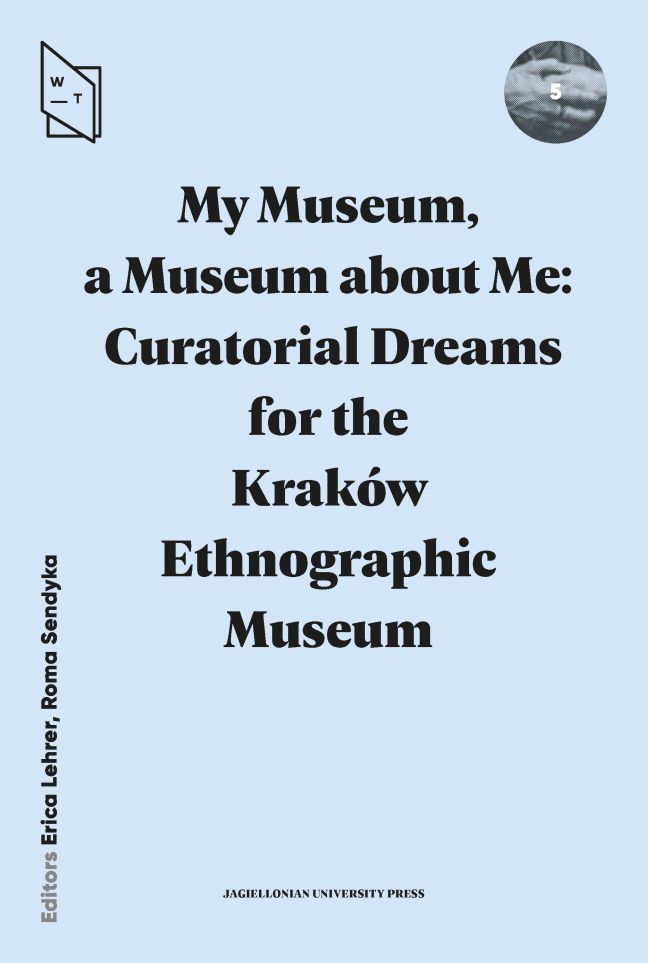Kołatka
Published online by Cambridge University Press: 01 March 2024
Summary
The kołatka is a wooden musical instrument that is made up of several elements which when shaken emit a hollow, clattering sound. Its history is long and complex. The beginnings reach back to ancient Greece, when in Dionysian dances the krotala was used—an instrument that is a type of one-handed kołatka, though in appearance it resembles contemporary castanets. Later they served as a crucial element in the cult of Cybele (the Phrygian goddess of fertility, harvest, spring, and fortresses, protectors of the dead) and Isis (Egyptian goddess of fertility, protector of families), whose followers were buried with bronze krotalas. These instruments found their way to Christianity by accident. Followers of Christ, gathered in the catacombs, needed a tool that would serve to call people to a meeting, but also to warn against danger. Gathering in a place that had been connected to the cult of Cybele, they found krotalas and turned the noisemaking instruments into tools for religious rituals. Since the Middle Ages rattles have replaced bells during the time of Lent, when only wooden instruments are permitted.
In folk belief the kołatka had remarkable power. Through its assistance it was possible to control the dangerous behaviors of hostile powers, whose activities gathered force in the period between Maundy Thursday and the Resurrection. Kołatanie—playing the kołatka—was to demarcate the boundary between the world of evil and the world of good—to introduce the order and clarity of light in contrast to the chaos and uncertainty that came from darkness.
Playing the kołatka was also one of the tasks of night watchmen, posted on the corners of streets who used this sound to mark every hour. In case of fire the sound of the kołatka rang out continuously—thereby warning residents of danger.
In Christian culture the sound of the kołatka is often identified with warning of the betrayal of Judas. The kołatka was sounded during rural rituals taking place on Holy Wednesday, during which there were symbolic confrontations with the traitor. The same kołatkas are used in Jewish culture on the day of Purim. While listening twice to the text contained in the Book of Esther, Megilat Ester, one should make noise every time after hearing the word “Haman.” The loud noise of the gragger is accompanied by shouts and stomping, which are intended to drown out the sound of a name cursed among Jews.
- Type
- Chapter
- Information
- My Museum, a Museum about MeCuratorial Dreams for the Kraków Ethnographic Museum, pp. 167 - 170Publisher: Jagiellonian University PressPrint publication year: 2023



